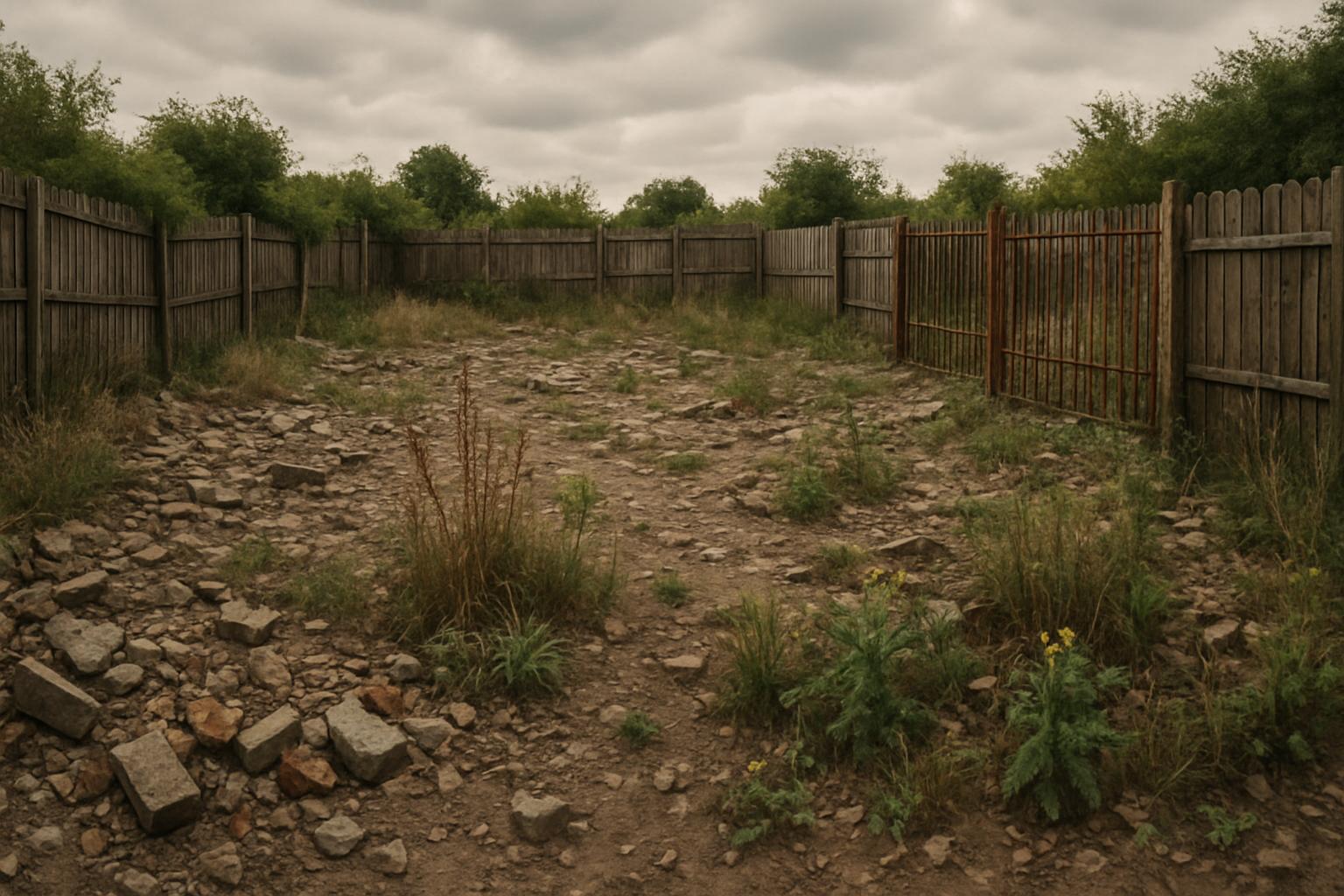Labour has committed to beginning construction of three new towns before the next general election as part of an ambitious housing plan that would see 1.5 million new homes built by 2029. This pledge, expected to be detailed by Housing Secretary Steve Reed during the Labour party conference, comes amid a strategy to revive housebuilding and stimulate economic growth through large-scale community developments.
The proposal follows recommendations from the independent New Towns Taskforce, formed last year and chaired by Sir Michael Lyons, which has identified 12 potential locations across England for new town developments. Among the most promising are Tempsford in Bedfordshire, Leeds South Bank, and Crews Hill in north London. These new towns are envisioned to be significant settlements, each delivering at least 10,000 homes. Collectively, they could contribute around 300,000 homes over the coming decades, aligning with Labour’s broader housing goals.
The taskforce’s remit focuses on areas with high housing demand and the potential for economic uplift. Their recommendations include a mix of standalone new settlements, expansions of existing urban areas, and regeneration projects within cities. Sites proposed for development also span from Cheshire and South Gloucestershire to Oxfordshire, Plymouth, and Manchester, reflecting an integrated approach to addressing regional housing shortages and infrastructure needs.
Labour’s vision echoes the post-World War Two housing boom, when the Attlee government pioneered new towns to address housing deficits and rebuilding needs after the war. Steve Reed is expected to reference this history in his speech, pledging to "build baby build" and create "cutting-edge communities" to offer homes fit for contemporary families. The government aims to replicate aspects of the post-war model by employing development corporations which would have special planning powers, enabling them to compulsory purchase land, grant planning permissions, and invest in vital public services such as schools, GP surgeries, and transport links, similarly to the successful regeneration of Stratford in London after the 2012 Olympics.
However, reaching these ambitious targets will not be without challenges. Industry voices caution that rising construction costs, increasing taxes, and wider economic pressures pose significant hurdles. Recent data reveals that new planning approvals for homes fell to a record low in England during Labour’s first year in office, underscoring obstacles in translating policy to delivery.
The government has welcomed recommendations for at least 40% of homes in the new towns to be affordable, addressing long-standing concerns about housing accessibility. Infrastructure investment is planned to be a major component of the initiative. A dedicated New Towns Unit will mobilise public and private sector funds to support comprehensive community infrastructure. This is aligned with plans announced earlier in 2025, which indicated that over 100 locations across England had been proposed for development as new or expanded towns, each expected to incorporate essential services and sustainable transport solutions.
Labour’s renewed focus on building new towns signals a shift from smaller scale, fragmented housebuilding strategies to a broader vision of creating integrated communities that could help meet the country’s pressing housing demands while boosting local economies. The forthcoming decisions regarding the final locations and funding are expected by next spring, with environmental assessments and public consultations to shape the projects.
This announcement comes at a politically sensitive time for Labour, with challenges to Sir Keir Starmer’s leadership and growing competition from parties like Reform UK, which currently donors polling pressure. Starmer has used the party conference to contrast his vision of inclusive growth with what he describes as the divisiveness of his opponents, framing the housing plan as a cornerstone of his government’s agenda to rebuild and unite the country.
If successfully implemented, this initiative could mark a transformative approach to England’s housing crisis, combining the scale of post-war development with modern planning priorities tailored to the 21st century.
📌 Reference Map:
- Paragraph 1 – [1], [7]
- Paragraph 2 – [1], [3], [5], [7]
- Paragraph 3 – [1], [3], [5], [6]
- Paragraph 4 – [1], [4]
- Paragraph 5 – [1], [4]
- Paragraph 6 – [1]
- Paragraph 7 – [1], [2], [4]
- Paragraph 8 – [1], [2], [7]
- Paragraph 9 – [1]
Source: Noah Wire Services
